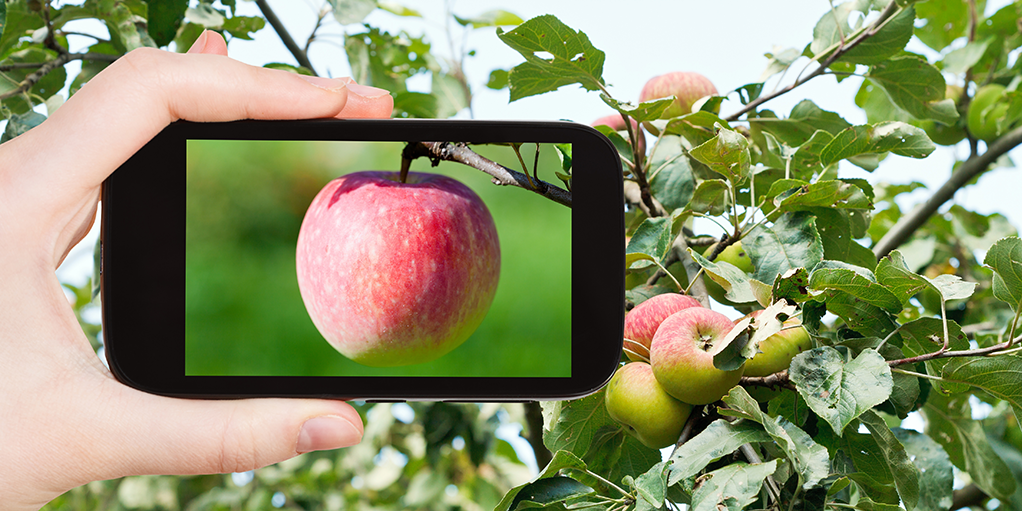With the global population reaching 7.7 billion as of 2019, sustainable farming is taking center stage in the agriculture technologies industry. More focus has been placed by governmental and international bodies to achieve “sustainable intensification” in agriculture. Creating more sustainable farming practices increasingly requires adopting new technologies that help with crop management, pest control, quality control, and integrated disease management.
These new technologies are important steps to allow current and future generations of farmers to grow without compromising the needs of the earth.
With one in seven people facing starvation on earth, there has been an ever-increasing pressure for farmers to maximize productivity. All while maintaining environmental and economic efficiency. Farmers often face a race against the clock with minimal hands-on deck to plant and harvest, especially with the volatility of recent unpredictable climates. It is with this that technology comes into play. A technological revolution has brought about new agricultural innovations that will change the landscape of farm and orchard management.
Here we explore just ten of these emerging tools that can help today’s farmers achieve precision and increase productivity.
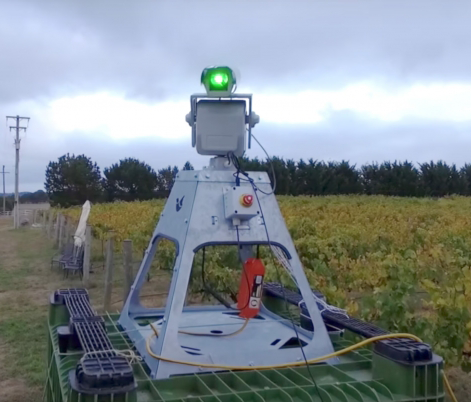
Laser Scarecrows
Since the dawn of farming, the battle between farmers and birds has been a perpetual struggle. Pests like starlings, blackbirds, and crows can destroy up to 75% of crops within 48 hours of harvest, leading to a huge loss in revenue. Growers have tried everything in the name of pest control. From traditional scarecrows to propane cannons, none which have outrun the evolutionary wit of nature.
Recently, a researcher from the University of Rhode Island has invented a new deterrent to keep these birds away. The laser scarecrow projects green laser lighting not visible by humans in the sun. They are effective due to birds’ sensitivity to the color green. The automated laser darts across fields up to 600 feet and effectively startle birds enough to prevent them from destroying any crop. They are also less environmentally destructive and less labor-intensive compared to the use of netting.
There have been different variations of the laser technology, some of which come solar-powered, and with an auto-targeting system on birds. The technology has also been adopted by pest control companies who claim the device can prevent up to 90% of crop losses. It is a silent tactic that doesn’t disrupt neighbors. It is highly effective and to date, comes with a low chance of birds adapting to its scare tactics.

Bee Vectoring
An exciting new development in disease control management is bee vectoring. A company in Canada has proven bee vectoring to be effective in integrated disease management and pest control. The technology uses a naturally occurring fungus called BVT-CR7, or Vectorite, that helps protect crops from a variety of diseases. The Vectorite solution is placed inside a hive of commercially raised bees and the bees collect the solution whenever they exit the hive. The solution is then distributed by the bees to the surrounding crops and fields. Besides increased disease resistance, the technology also enhances plant growth and naturally prolongs the shelf life of crops. All of these benefits come without the use of chemical pesticides. The innovation is ground-breaking as it integrates nature with agricultural industry systems.
Harvest Quality Vision - HQV
Pioneered by Croptracker, the Harvest Quality Vision (HQV) is a new technology that simplifies the harvesting process of fruits and vegetables by eliminating the need for manual inspections.
Released this year, HQV uses computerized scanners to capture and determine the quality and quantity of crops. The huge volume of apples and other fruit harvested at one time means that most fruit is not being graded before it is put into storage. Using a camera to grade produce means better sorting and management of the produce without damage caused by human or machine handling. The software creates alerts whenever there are deviations such as diseases, defects, and quantity shortages so that growers can correct their course of actions early in the harvesting process. HQV helps farmers produce more consistent crops of higher quality, which increases the farm's revenue. Currently this technology is only available through Croptracker for apple grading and sorting, but plans to roll out grading systems for other crop types are expected soon.
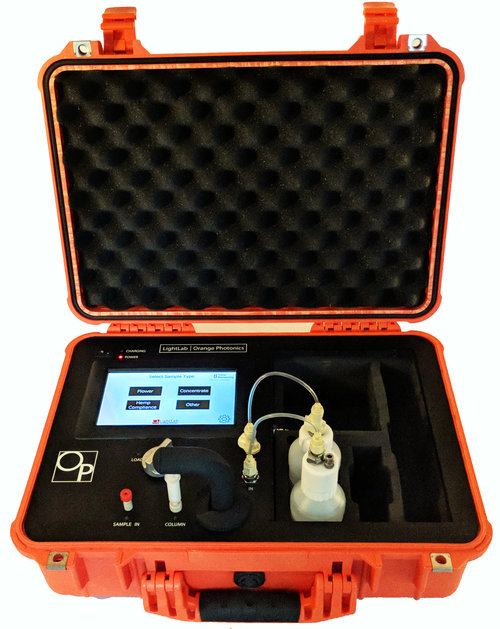
Product Testing In-field or On-site
The farming practices of some crops such as Cannabis and Hemp, are highly regulated and require strict lab testing and reporting. Many other crops benefit from monitoring moisture and contaminant levels throughout growth. As such, extra costs are incurred with the requirement of lengthy sampling and lab procedures. This creates a demand for innovations in in-field product testing technologies that can lower the cost, hassle, and wait time to get lab results.
LightLab is one of these inventions. The portable and lightweight equipment can accurately test for the cannabinoid profile of such crops outside of the lab. Sampling and tests can now be carried out in the field or at processing centers, saving growers time and simplifying the production process.
Another device that carries out a similar function on grain crops is the MINI GAC® 2500. The equipment can capture accurate readings to render benefits such as an expanded grain temperature range and faster analysis time. This results in an elimination of shrink charges and dockage fees as well as better control over the drying process of crops.
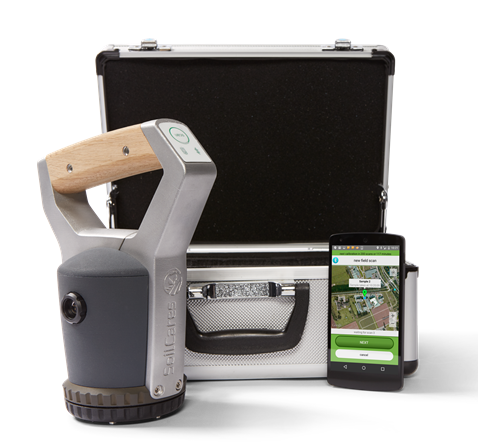
Crop & Soil Monitoring & Management
Precision farming involves a lot of data collection and management. It can be tedious and prone to human error. FarmBeats is one of the innovators who has made a breakthrough in this field with the use of sensors, drones, satellites, and tractors. The technology works in real-time, which feeds it into a cloud-based model to render a detailed picture of how the farm is performing.
Other applications such as Agrocares can help farmers efficiently and affordably monitor and analyze soil fertility, such as its nutrients, feed, leaves, and insect contents. It produces reliable and fast data that can provide management recommendations to simplify the process flow of farming. Just like FarmBeats, the innovation utilizes cloud-based technology, which allows it to run in real-time.
Tools such as SGS can also help you to strategize a nutrient delivery plan that can increase crop yields, enhance environmental protection, and fine-tune precision. This is done through precise sampling, mapping, and testing with the help of GPS and GIS. Growers can now be in full control in understanding the soil’s macro and micronutrients, as well as its salinity, carbon content, and other factors so as to achieve optimal conditions when planting.
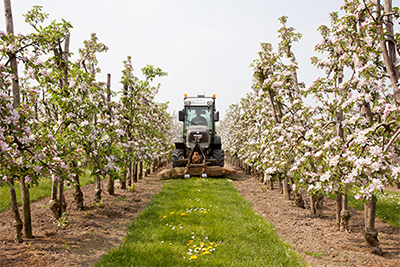
Automated Farm Equipment
Automated farming equipment such as a self-driven tractor or seeder solves the problem of both time-constraints and labor shortages.
Machines like these can work round the clock tirelessly to bring higher yields in a shorter time. They are perfect for orchard management as they allow farmers to work on more important things, such as strategizing an improvement in quality for their crops instead of focusing on menial and manual labor.

RFID
Radio-Frequency Identification (RFID) is a technology that utilizes radio waves to capture information tagged to an object. They have similar functions as a barcode but work more efficiently and comprehensively in a farm setting as they can be read invisibly and from several feet away in the dirt. Unlike the barcode, RFID can also be reprogrammed and can hold up to 2KB of data, including information such as location, date, and time.
Croptracker has harnessed the technology of RFID for the use of the harvest, storage, and packing of crops. It reduces data errors through automation and allows for enhanced traceability and swift recall management when the need arises. The technology eliminates the risk of costly human error during organization processes. With RFID, customers will be able to know the origins of the product they have on hand, which will lead to more customer loyalty and trust.
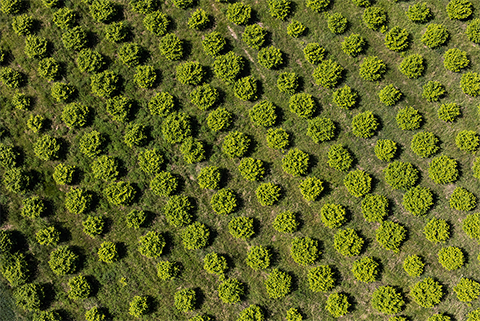
Real-Time Kinematic
Real-Time Kinematic (RTK) is an emerging technology used to enhance the accuracy of existing GPS signals. The technique eliminates the majority of standard GPS errors to centimeter-level accuracy. RTK improves GPS or satellite tracking with stationary receivers in the field to predict more accurately the yields and expenses of farming. This technology is being applied to land surveying mostly right now with the goal of aligning the best plant density and treatment plans to the land being planted.
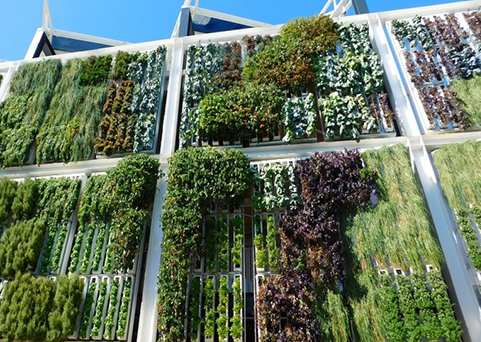
Vertical Farming
With the urbanization and industrial development of countries comes a loss of arable lands for farming. A third of arable land has already been lost over the last 40 years, and vertical farming might be the salvaging solution.
With the technique of growing crops in vertically stacked or inclined surfaces that can be integrated into other structures or buildings, vertical farming can produce more crops with less space. This can be the answer to meeting the increasing food demands of an ever-growing population, especially in cities. Farmers can also take advantage of greenhouse settings that can be integrated into vertical farming. This means the production of year-round seasonal crops without any effects from the climate.
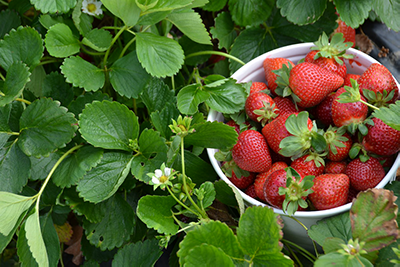
Minichromosome Technology
Genetic engineers have harnessed the application of minichromosome technology to enhance the genetic traits of a plant. Although containing only small amounts of genetic material, the minichromosome can be manipulated with the use of genetic engineering to achieve bio-fortification, the enhancement, or supplementation of the crop’s nutritional content. It can also improve crop resistance with new traits such as drought tolerance.
Because of the minimal amounts of genetic material minichromosomes contain, they make effective vectors to express foreign genes without the interference with the host’s natural development and growth. The technology has not been fully explored and has great potential for broad applications in agriculture. Because of the utilization of the plant’s original chromosomes, there is a less negative connotation labeled by consumers compared to other genetically modified foods.
To Conclude
The rise of technology, coupled with the need for higher productivity, has opened up a wealth of new understanding with the collection of accurate data. The investment in agriculture technology has seen accelerated growth of more than 40% just last year. This adds up to approximately around $17 billion. Innovations can now provide farmers better reign over crop quality control, pest management, and even the optimization of their existing practices to achieve higher revenue. Farmers can now leave less to speculation with the new understanding and accurate forecasts of their harvests.
Interested in learning more about Croptracker? Learn more about our Farm Management Software, or book a demonstration to schedule a meeting with our product experts.
And as always, if you're ever stuck, never hesitate to e-mail us at support@croptracker.com or Live Chat with us by clicking the green speech bubble ![]() in your bottom right-hand corner. We're always happy to help, so Croptracker can make your farm more efficient, safer, and more profitable!
in your bottom right-hand corner. We're always happy to help, so Croptracker can make your farm more efficient, safer, and more profitable!
